Weed Management For Your Yard
With all the growth and beauty that comes with the warm spring weather, an abundance of unwanted weeds are very soon to follow. Most gardeners dislike weeds because they are unattractive to look at. In addition to being ugly, weeds can harm your plants and your lawn by soaking up all the nutrients that it needs to survive so that the weeds thrive and there are no nutrients left for what you are actually trying to grow. That’s why simple weed management can make a huge different for your lawn.
Weed Management Tips
To avoid weeds from growing in the first place, it is a good idea to:
- Keep your grass at a short height and mow your lawn frequently
- Adjusting your irrigation system to coincide with the seasons and the day to day changes in the weather
- Using proper fertilizer
To defend your lawn from visible weeds, choose a herbicide that will control the targeted weed and that is recommended for your specific type of turfgrass. When identifying the type of weeds that you are trying to control, you must first find out if the weed is a grassy weed or a broadleaf weed.
Examples of grassy weeds:
- Crabgrass
- Nutsedge
- Dayflower
- Quackgrass
- Dallisgrass
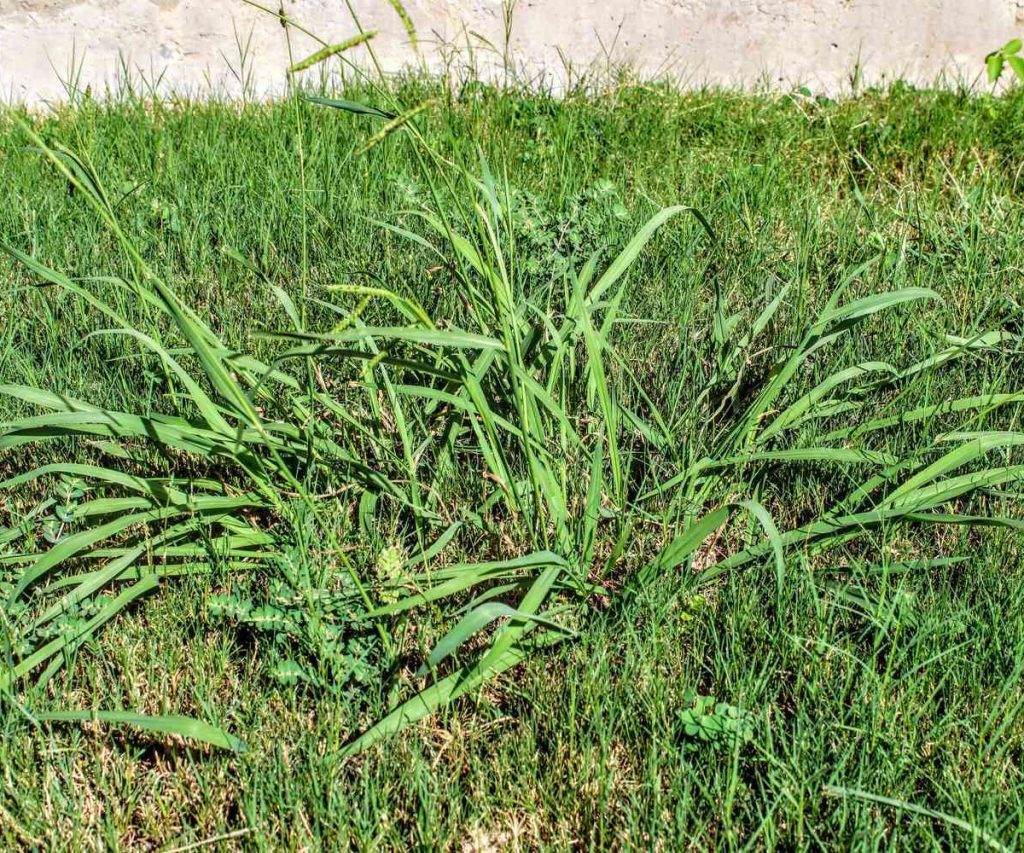
Crabgrass

Nutsedge

Dayflower
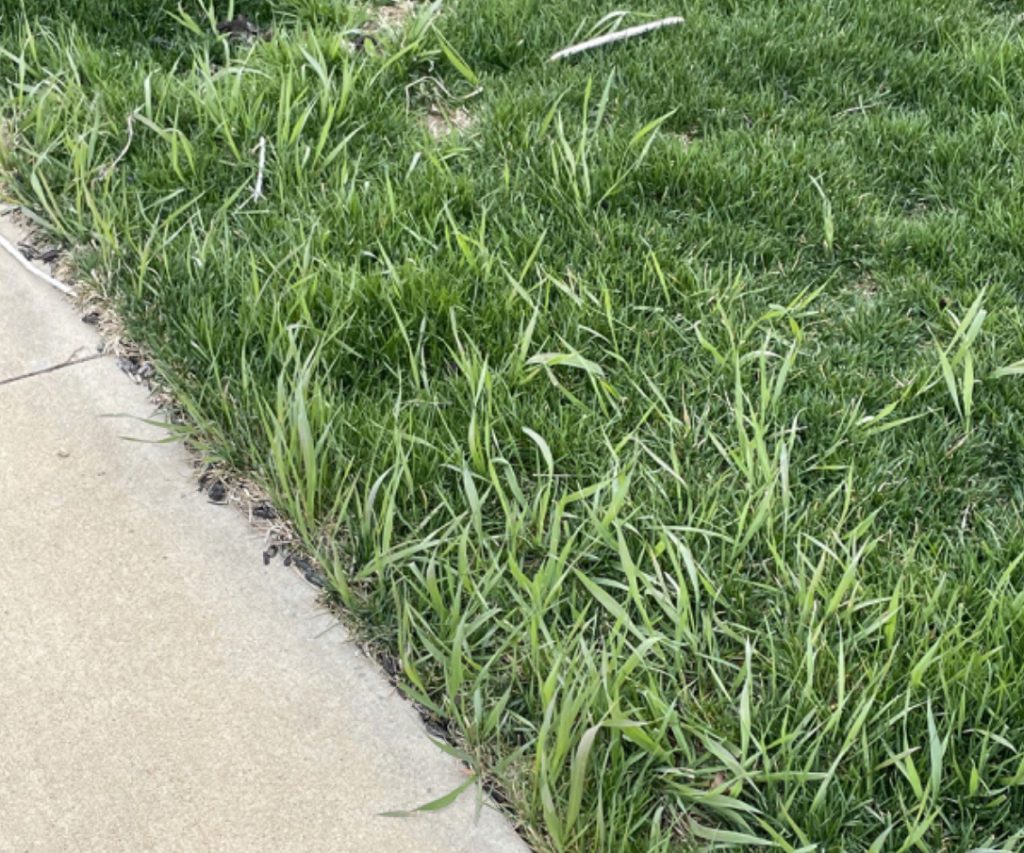
Quackgrass
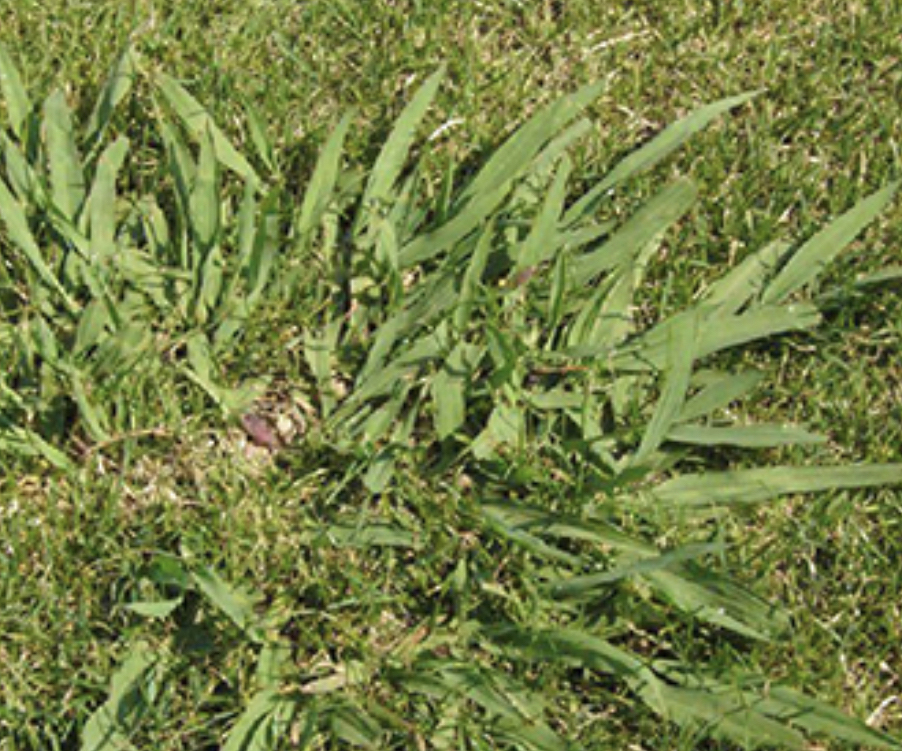
Dallisgrass
Examples of broadleaf weeds:
- Dandelion
- Oxalis
- Creeping Charlie
- Lamb’s-Quarter
- Velvetleaf

Dandelion

Oxails
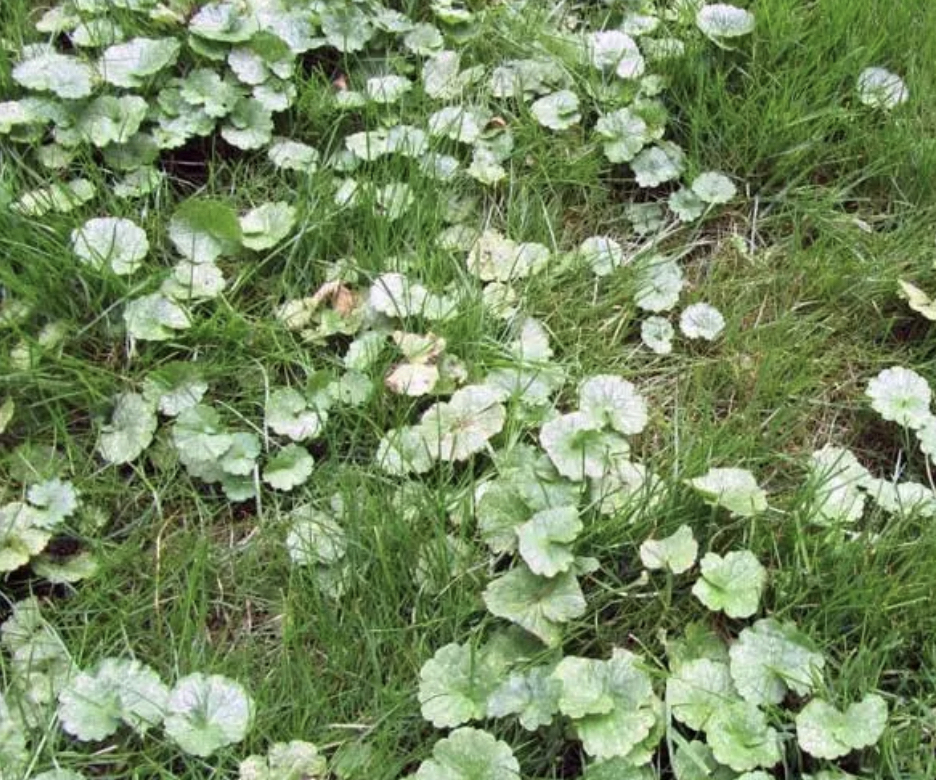
Creeping Charlie
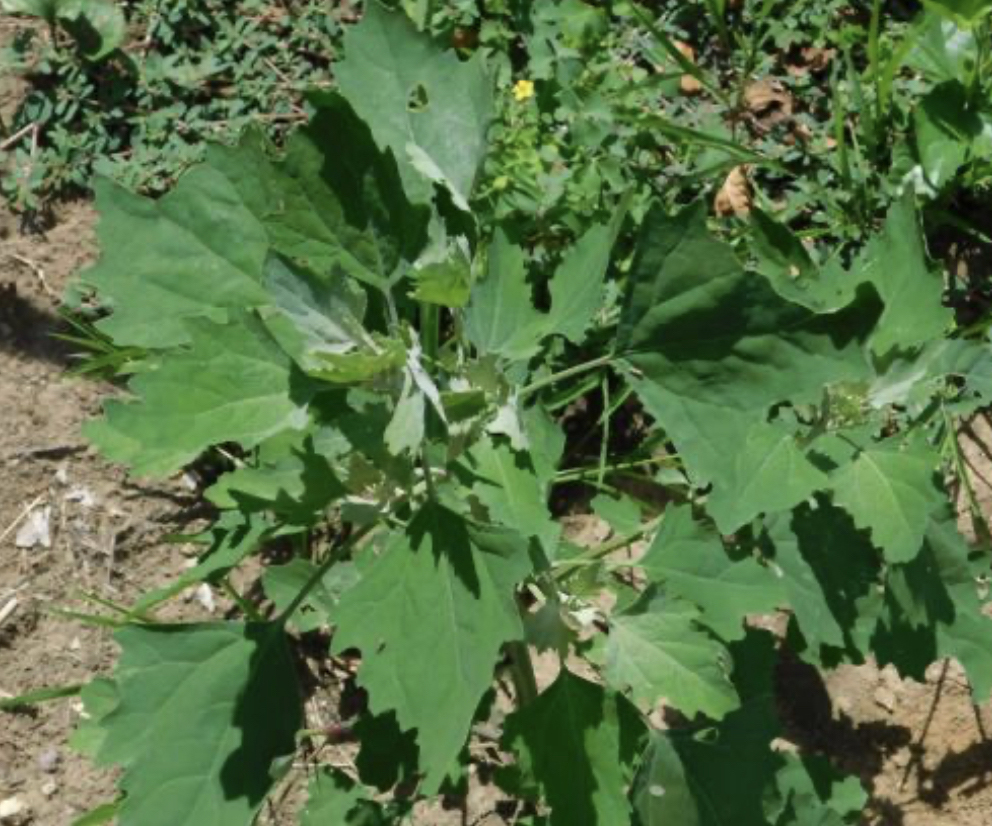
Lamb’s-Quarter
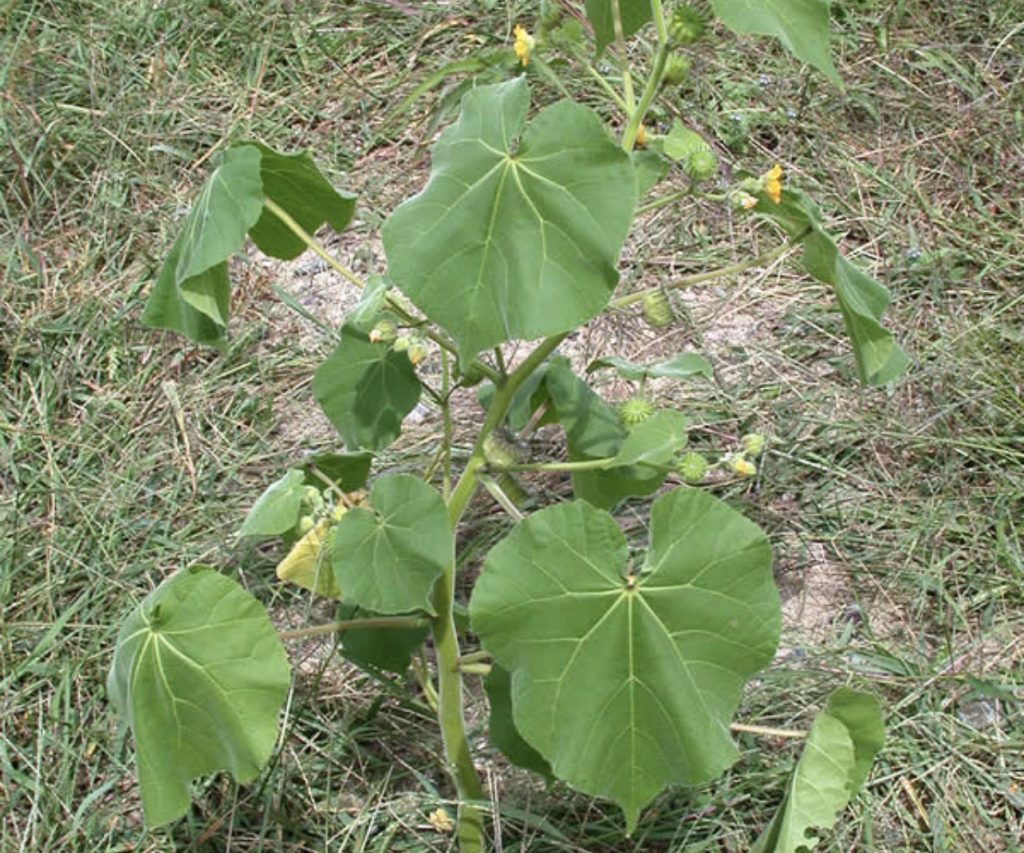
Velvetleaf
Herbicides like sethoxydim, quinclorac, fluazifop, and fenoxaprop are selective grass weed killers. Sulfentrazone and carfentrazone kill broadleaf weeds and sedges.







